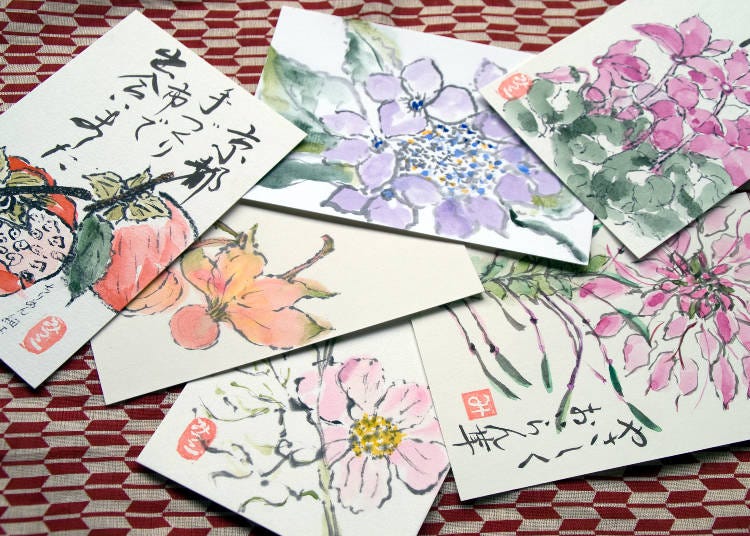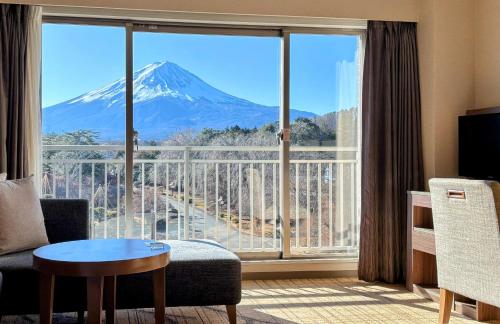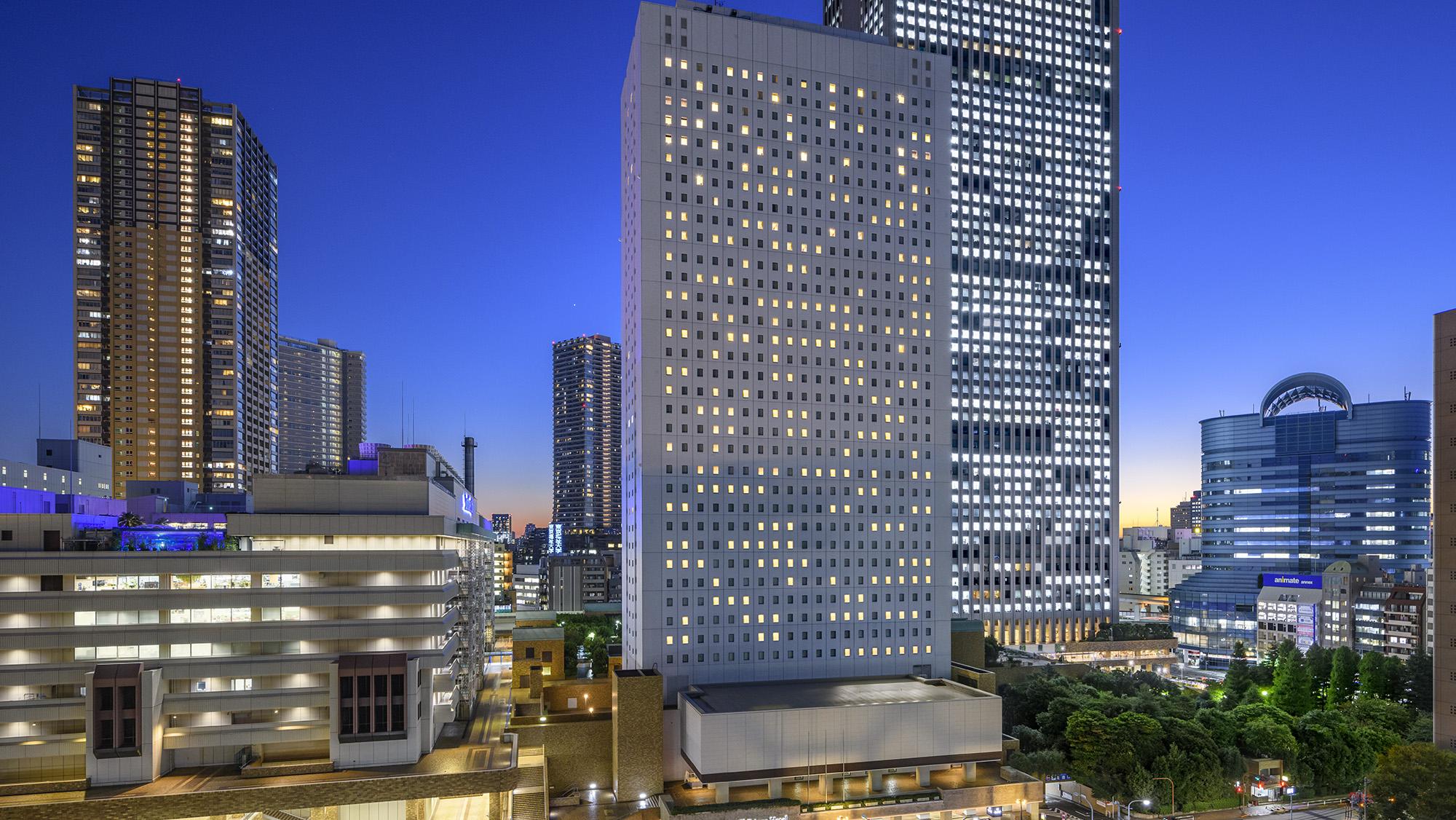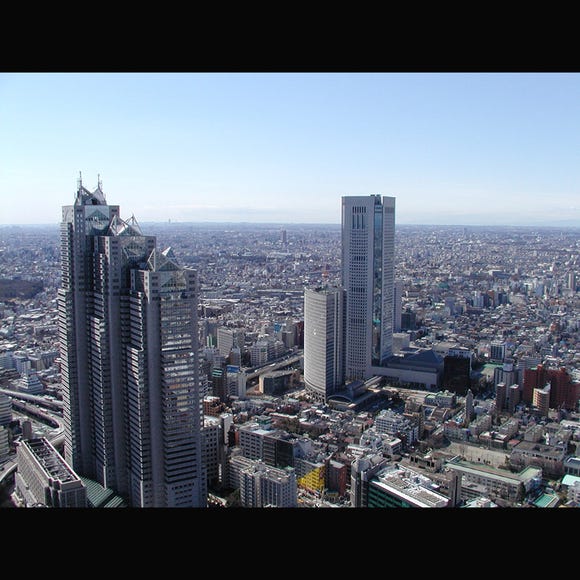
A postcard from a far-away country is one of the most exciting things to find in your mailbox! Likewise, sending a postcard to friends and family at home sometimes is worth more than a souvenir. In theory, it's a simple enough process: buy a pretty postcard, write something beautiful, get a stamp, and head off to a mailbox or post office!
That process is the same in Japan, but where to buy stamps? How expensive are things? It can be a bit intimidating if you don’t speak Japanese, so let’s go over the basics of how to send a postcard from Japan!
- Table of Contents
-
- Where to Find the Perfect Postcard
- How Do I Write the Address?
- Where Do I Buy Stamps? And For How Much?
- How Does the Mailbox Work?
- How Do I Send a Postcard from a Post Office?
- Are There Mailboxes at Airports?
- Can I Send Postcards from a Convenience Store?
- Good To Know About Sending Post Cards From Japan
Where to Find the Perfect Postcard

Before you can send a postcard, you need to find the perfect one! Japan is a stationery lover's paradise, and its postcard selection is no exception. Beyond the standard scenic cards, you'll find an incredible variety of cute, creative, and traditional designs that reflect Japan's rich culture.
- Standard Postcards: These are the most common and affordable. They typically feature photos of famous landmarks or simple illustrations. Expect to pay around 100-200 yen for these at most souvenir shops.
- Artistic & Creative Postcards: These cards are often thicker, feature unique designs from local artists, or have special materials. They can range from 250-500 yen or more, depending on the design and material.
- Traditional & Washi Paper: For a truly classic Japanese feel, look for postcards made from washi (traditional Japanese paper). These beautiful cards often feature elegant calligraphy or traditional woodblock print designs and can cost anywhere from 300-800 yen.
Where to Go Postcard Shopping
While many stores carry postcards, a few key places offer a wide and diverse selection. Post offices are a reliable stop, even if they mostly offer basic prints. In tourist areas like Asakusa or Shibuya, local souvenir shops are an excellent source for landmark-themed cards.
For a truly impressive range of cute, artistic, and unique postcards, be sure to visit lifestyle stores like Loft and Hands, where you can spend a significant amount of time choosing your favorite card. Additionally, museum and art gallery gift shops often sell postcards featuring their collections or special exhibits, while specialty stationery stores and large bookstores like Kinokuniya and Tsutaya also provide a curated selection of both traditional and modern designs.
How Do I Write the Address?

Now that you’ve found the perfect postcard, it’s time to write the address. You might wonder, "How should I write the address since Japan uses characters and not the alphabet?" Don’t worry, it’s perfectly okay to write the destination address in English. The main things to note are to clearly indicate the country you want to send the card to in English (and have a "TO:" in front of this block), as well as to write “AIR MAIL” in the bottom corner (this is very important!). If you include your return address, be sure to indicate it with a "FROM:" in front of it.
Where Do I Buy Stamps? And For How Much?

Of course, no postcard is good without a stamp. In Japan, stamps are available at convenience stores and post offices, as well as in certain souvenir shops and tourist information centers. The Japanese word for stamp is “kitte,” so it’s also worth looking for signs with 〒 or 切手 written on them.
Following the October 2024 postage rate increase, a stamp for a regular 100mm x 148mm postcard now costs 85 yen for a domestic address. For an international address, including countries such as Taiwan, China, the United States, Australia, and all of Europe, the cost by airmail is 100 yen. Should your card be larger than a standard postcard, such as a special edition, you’ll have to pay a bit more, so be sure to ask the staff directly for the correct postage.
How Does the Mailbox Work?

This question may seem weird, but Japanese mailboxes have no one but two slots. Generally, public mailboxes are easy to spot in Japan, as their color is red and immediately catches the eye.
Now, to the slots: they are divided into “letters/postcards” on the left and “other mail” on the right. Even if you don’t speak Japanese, they’re easy to tell apart, as the narrower slot indicates postcard-sized mail by itself! The larger slot is for bulkier items such as larger letters and small parcels. Don’t worry – even if you happen to put your mail in the wrong slot, the postal staff will sort it afterward.
How Do I Send a Postcard from a Post Office?

If you’re sending your postcard via a post office, the first thing you’ll have to do is take a numbered ticket and stand in line. Currently, a lot of post offices employ multilingual staff, so don’t be shy to bring up any questions you might have. For more complicated requests, it can be helpful to use a translation app on your phone to show the staff exactly what you need.
One tip: Post offices typically will use metered postage instead of stamps. If you want to ensure a pretty stamp gets affixed to the postcard, be sure to ask staff for a "kirei na kittei" (indicating a stamp with a picture). Often the staff will then present you with a few options from which to choose. As for payment, while cash is always accepted, many post offices now also accept credit cards and popular IC cards like Suica and Pasmo for purchasing stamps and other postal services.
Post office hours are typically from 9 AM to 5 PM, closed on weekends and national holidays. Big offices, such as the Tokyo Central Post Office or the Shinjuku Post Office, tend to be open until 9 PM and on Saturdays.
To avoid long waits, try to visit during off-peak hours. In big cities, post offices are typically busiest right after they open, during the lunch hour between 12 PM and 1 PM, and in the late afternoon after 4 PM. Visiting mid-morning or mid-afternoon on a weekday will usually result in a much shorter wait.
For further details, please see the post office search on the Japan Post website.
Are There Mailboxes at Airports?


It is possible to send your last postcard from the airport before you fly home. However, it's crucial to know exactly where to look, as mailboxes and, at some airports, full-service post office counters are always located before the departure area, so once you’ve passed the security check, you'll have missed your chance to send that last postcard! Here is a short guide on where to find postal services at popular airports in Japan.
- Post Office: The Haneda Airport Post Office is located on the 1st floor of Terminal 1 (in the Market Place area) and is open on weekdays.
- Mailboxes: For simple postcards with stamps, mailboxes are available in the public areas of all three terminals:
・Terminal 1: 1st floor (Arrival Lobby) and 3rd floor (Departure Lobby)
・Terminal 2: 1st floor (Arrival Lobby) and 3rd floor (Departure Lobby)
・Terminal 3: 2nd floor (Arrival Lobby) and 3rd floor (Departure Lobby)
- Terminal 1:
・Post Office: 4th Floor (International Departure Lobby)
・Mailboxes: There are mailboxes on the 4th floor (Departure Lobby, near the security checkpoints) and on the 1st floor (International Arrival Lobby). - Terminal 2:
・Post Office: 3rd Floor (International Departure Lobby)
・Mailboxes: Mailboxes are located on the 3rd floor (Departure Lobby, near the North and South security checkpoints) and on the 1st floor (International Arrival Lobby). - Terminal 3:
・Post Office: There is no post office in Terminal 3.
・Mailbox: A mailbox is available on the 2nd floor (Departure Lobby), near the food court.
- Kansai International Airport (KIX): The post office at KIX was permanently closed in 2021. However, mailboxes are still available in the public areas of both Terminal 1 and Aeroplaza.
- Fukuoka Airport (FUK): Mailboxes can be found in the public areas of both the Domestic and International terminals. There is no full-service post office.
Can I Send Postcards from a Convenience Store?

The short answer is no. If you have a postcard at hand, you can purchase stamps directly at the convenience store counter (make sure you buy a stamp of the correct value). However, convenience stores generally do not offer a full international mail service from the counter. Instead, place the correctly stamped postcard in one of the aforementioned red mailboxes, which are often located directly outside or nearby convenience stores in popular areas. Keep in mind that the convenience store staff likely won’t be able to answer mail-related questions, so if there’s anything you’re not quite sure about, the safer choice is the post office.
Good To Know About Sending Post Cards From Japan
If you make a mistake on the address
If you make a small mistake on the address, the postal service may still be able to deliver it. However, if the address is incorrect and there is no return address, the postcard may be discarded. To ensure it arrives, double-check your address and always include your return address on the back.
Sending post cards of unusual shapes or sizes
For postcards that are an unusual size, weight, or thickness, you should not treat them as standard postcards. They will require different postage and should be taken to a post office counter. The staff can weigh your unique card to ensure you have the correct postage.
With a little planning, sending a postcard from Japan is a fun and easy way to share your memories with friends and family back home. Whether you choose to send a classic view of Tokyo or a unique, creative design, your message will be a special and memorable souvenir. Enjoy the process, and happy postcard sending!
*This article was originally published in 2020 and updated in August 2025.
The LIVE JAPAN editorial team is a multinational group made up of native editors who have lived in Japan for over five years and Japanese editors who love to travel. Together, we share the best of Japan, offering cultural insights, historical context, event updates, and travel-friendly deals, to support your journey every step of the way.
*Prices and options mentioned are subject to change.
*Unless stated otherwise, all prices include tax.
Recommended places for you
-

Ueno Electronics Shopping Guide: Where to Buy Popular Gadgets – Top 6 Stores Near the Station with Tax-Free Deals
by: Ran Tanaka
-

Safe and Comfortable Summer in Japan! Sunscreen, Cooling Hacks & Other Child-Friendly Summer Essentials
by: Chehui Peh
-

The Ultimate Guide to Mitsui Outlet Parks in Japan (2025 Edition) - Popular Tax-Free Malls & Coupon Info for Travelers
by: Guest Contributor
-
Ad

A Tokyo Souvenir with Soul: The Handcrafted Leather of Bunkoya Oozeki
-

Spray Your Shirt Cold?! Japan's Smartest Sweat-Fighting Hacks You Can Buy at Don Quijote
by: Chehui Peh
-

Half-Day Getaway from Tokyo: Cherry Blossoms, Local Culture and Samurai Vibes at Odawara Castle
Inspiration for Accommodations
-

Enjoy Mt. Fuji from the Comfort of Your Room! Recommended Ryokan with Mt. Fuji View
-

Stay Near the Cherry Blossoms! Hotels for Cherry Blossom Viewing in Tokyo
-

Family-Friendly Hotels with Free Shuttle to Disneyland: Convenient Access for a Magical Stay
-

Top Ranked Hakone Hotels with Mt. Fuji View: Enjoy Stunning Scenery from Your Private Space
-

Convenient Tokyo Hotels with Airport Shuttle: Ideal for Families and Heavy Luggage
-

Stunning Tokyo Tower View Hotels: Enjoy Spectacular Scenery from Your Private Space
-

Convenient Asakusa Hotels with Kitchens: Ideal for Extended Family Visits
-

Experience Luxury: Hakone's 10 Best Five-Star Accommodations
-

Enjoy Mt. Fuji Autumn Leaves! Top Hotels Near the Popular Autumn Leaves Corridor
-

Experience Hakone Fall Foliage from Your Room with Stunning Views
-

Tokyo Station Top 10 Sweets Ranking!
-

Got 3 Hours? Here Are 5 Fun Activities You Can Do in Tokyo!
by: Miyu Shimada
-

How is This a Toilet!? 5 Surprising Things at Japanese Department Stores
-

[MOVIE] Kakigori: A Tasty Moment of Bliss in Summer
by: Alex Kobayashi
-

6 Best Shibuya Hotels For Every Budget - With Unique Perks & More
-

Tokyo Roppongi: 5 Most Amazing Spots at Roppongi Hills and How to Make the Best of Them!
- #best ramen tokyo
- #what to buy in ameyoko
- #what to bring to japan
- #new years in tokyo
- #best izakaya shinjuku
- #things to do tokyo
- #japanese nail trends
- #what to do in odaiba
- #onsen tattoo friendly tokyo
- #daiso
- #best sushi ginza
- #japanese convenience store snacks
- #best yakiniku shibuya
- #japanese fashion culture
- #best japanese soft drinks






















